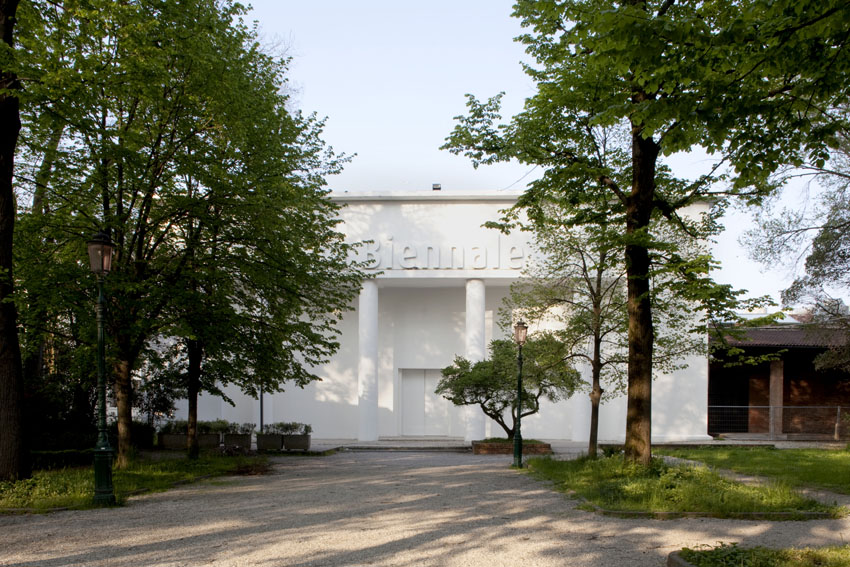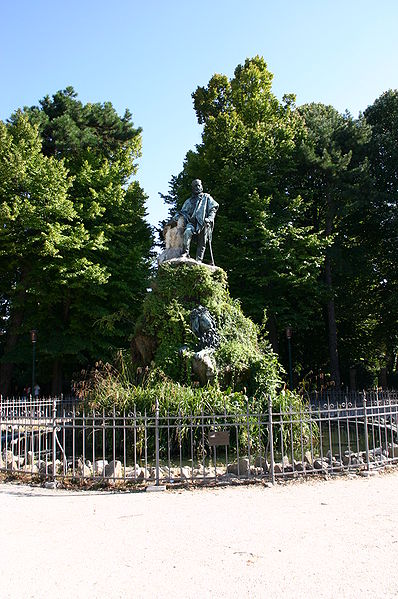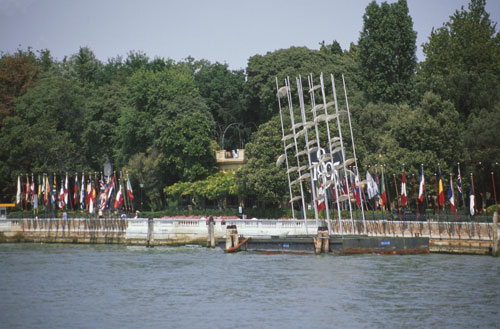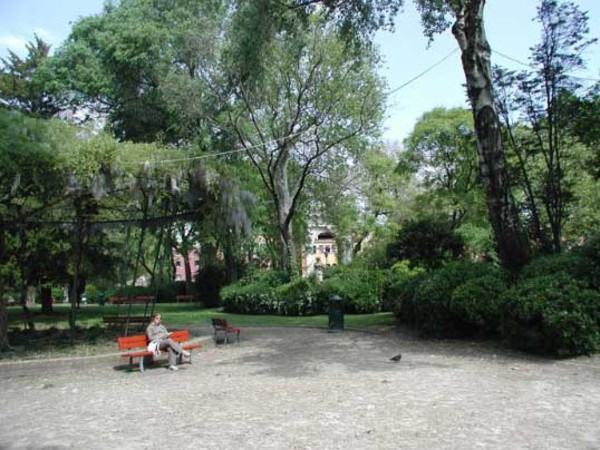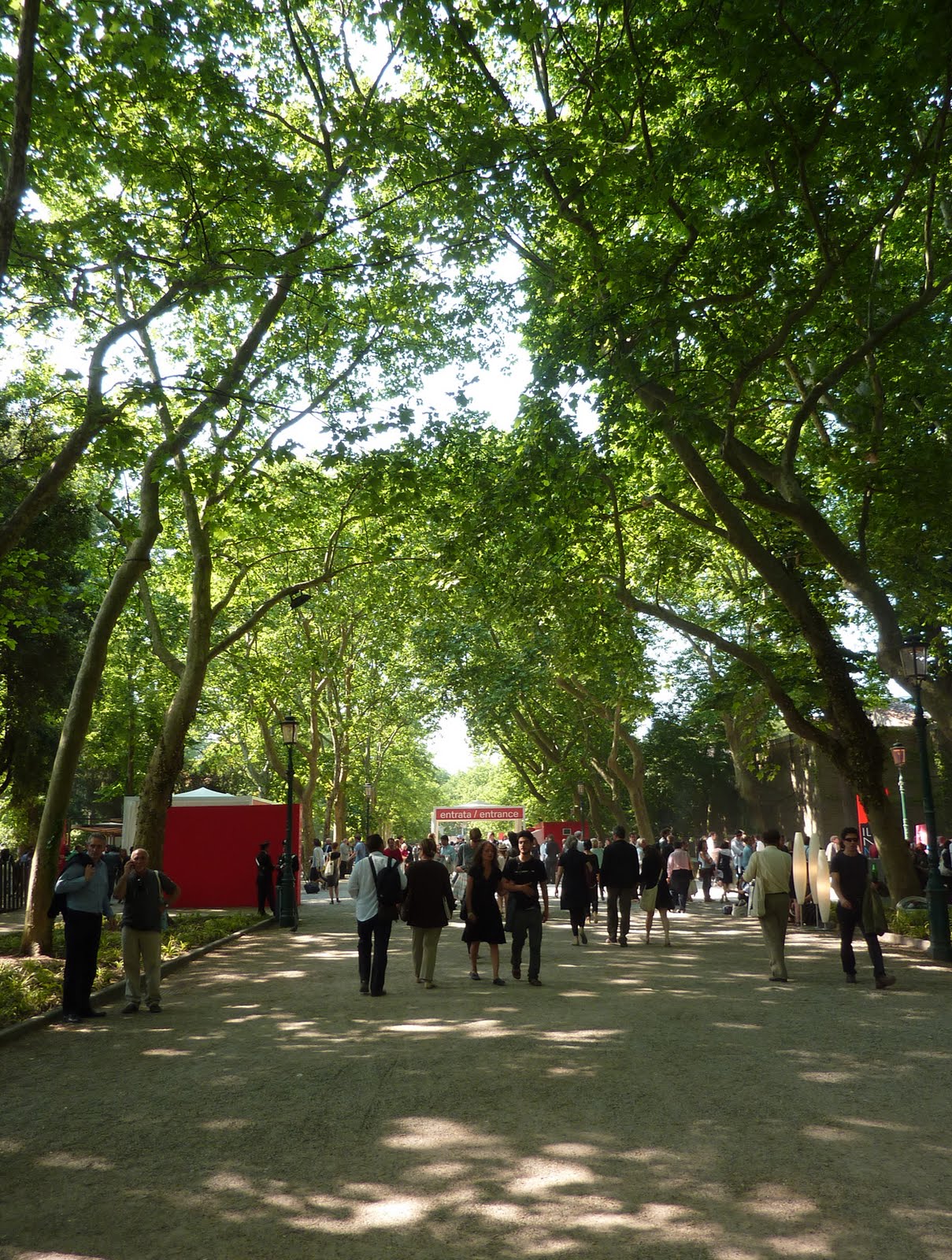
Biennale Gardens
This post is also available in:
 Italiano (Italian)
Italiano (Italian)
“Giardini della Biennale”, in the eastern part of Venice (Castello district), were commissioned by Napoleon at the beginning of the XIX century, following the destruction of a popular neighbourhood. Since the first biennial exhibition in 1895, the Gardens have housed the Venice Art Exhibition.
During the 1900s, the Gardens were improved with several new pavilions dedicated to each participating nation, and today, in addition to the central one that houses the main exhibition during the Biennale, there are thirty units standing along the central avenue or the connecting paths.
The different XX century style of the pavilions (each one featuring a peculiar shape and the name of the represented nation) was created by several renowned architects: in 1934, the Austrian pavilion was designed by Josef Hoffmann, the master of “Secession”; the Dutch pavilion was built in 1954 by Gerrit Thomas Rietveld, master of the “De Stijl” movement; the Finnish pavilion, made entirely with wood, was designed by Alvar Aalto; the pavilion representing Venezuela was created by Carlo Scarpa.
Inside the Gardens, there are also several monuments, such as the one dedicated to Giuseppe Garibaldi, the memorial to the soldiers of land and sea, and the monument to Giosuè Carducci.
These public gardens and their pavilions are currently still used for the events related to the famous biennial exhibition.
This post is also available in:
 Italiano (Italian)
Italiano (Italian)
